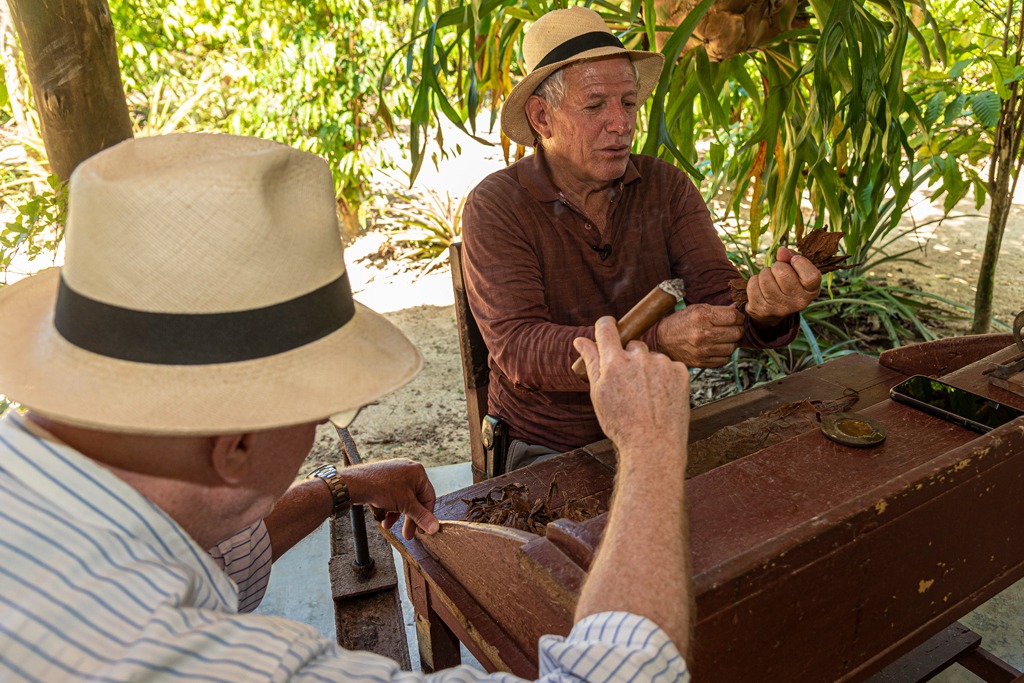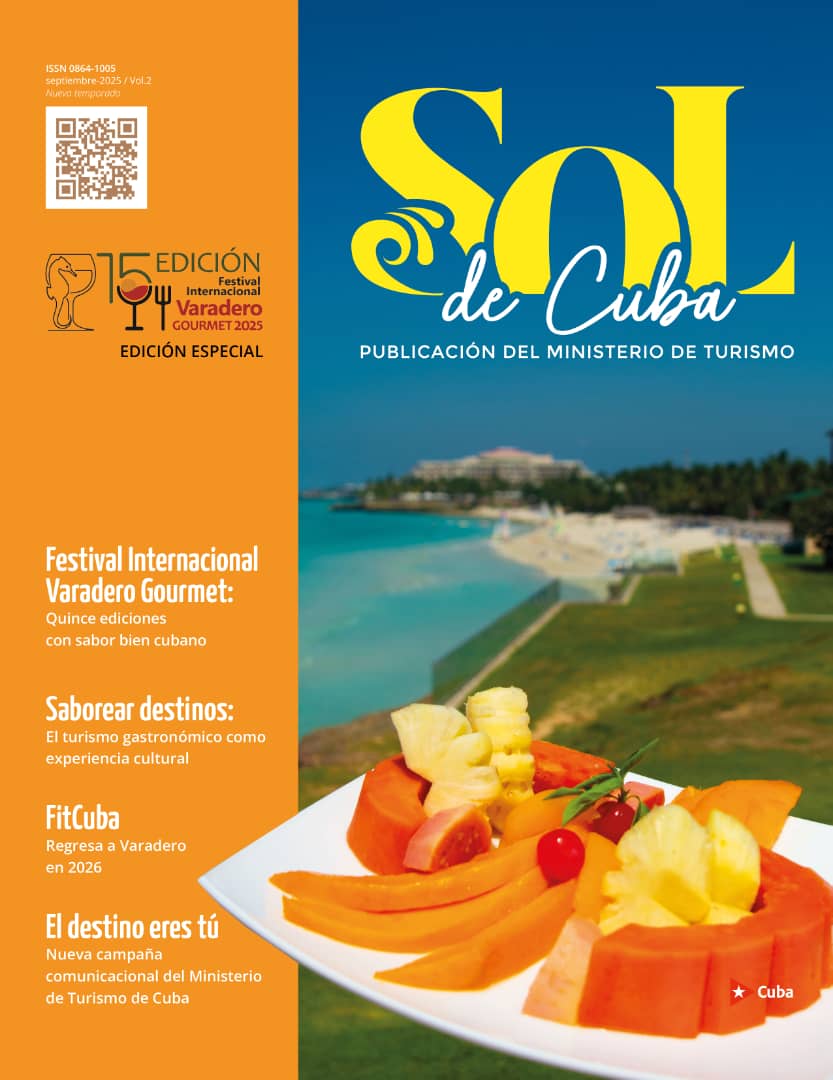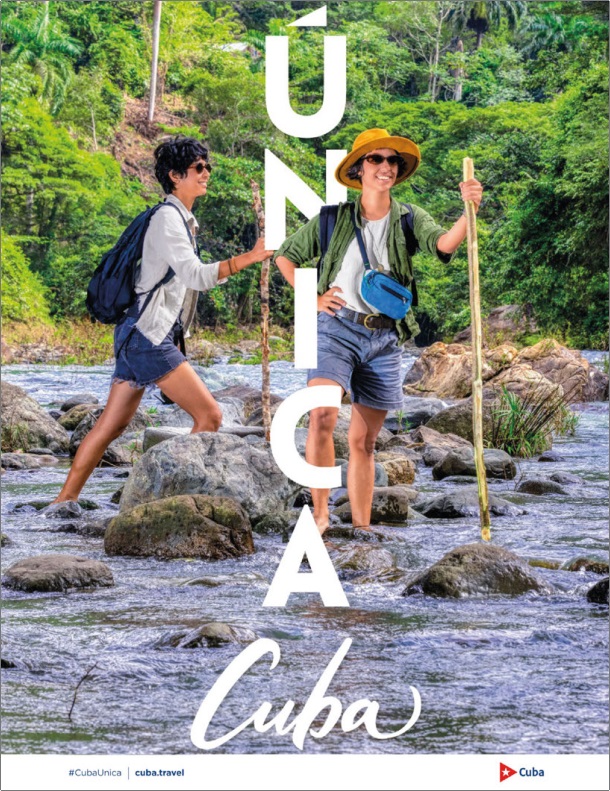Following the cigar trail
The Tobacco Route is an unforgettable experience, for both lovers of premium cigars and adventurers
Posted by Sol de Cuba, 31/08/2025
By: Teyuné Díaz Díaz
Photos: Panchito González López
The soil, the climate, and the passing down of know-how throughout generations are the perfect combination for Cuba’s premium cigars, the most famous on the planet, endowed with unique characteristics due to their aroma, flavor, and strength.
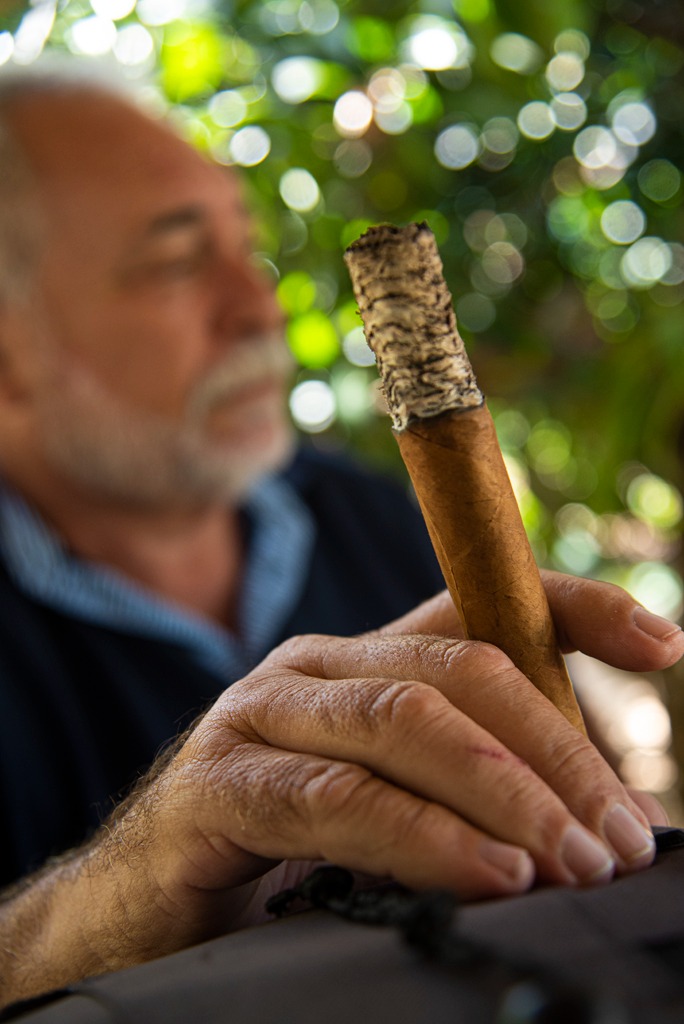
Everything surrounding their history is a source of curiosity, a 539-step trail that goes beyond the seed and the cigar, to encompass agriculture, pre-industry, and industry. The former has a unique charm; the green leaves of the plant, the drying houses, and the labor involved in tobacco cultivation inspire even more admiration when viewed up close.
Thus the Tobacco Route is a unique opportunity to learn how the magic begins in the western province of Pinar del Río, a region internationally recognized for the exceptional quality of its cigar-making leaves. It is said that 99 percent of the finest cigars are wrapped in them.
In a conversation with Norge Pérez, director of the Ecotur S.A. travel agency in the town, he explained that among the route’s greatest attractions are visits to the tobacco fields, the despalillo (stem removal) sessions, the drying houses, the plantations during harvest time, rolling classes, and, occasionally, the tour stops at the highly specialized San Luis museum.
These visits do not interrupt the farmers’ work. Every moment counts; workers, accustomed to the stares and questions of tourists, respond without pausing their tasks, while each leaf is treated as a treasure.
Explaining to visitors how the cigar they smoke has been touched by humans 539 times increases the traveler’s curiosity to learn about each moment: the seedbed, the planting and its various processes, the harvest, the storage, the making, and the aging process, before finally being tasted.
Special moments include the cigar rolling lessons, removing the veins from the leaves, the order and quantity of the rolls, and the desire to achieve the perfect cylinder. Some smoke their own creations, while others prefer those made by skilled hands. But the reminder that a cigar must be allowed to die with dignity—that is, it must not go out—remains a constant reminder.
Other concerns center on learning about how the farmers live, the ingredients for phytosanitary controls on the plants and soil fertilizer, average incomes, pH control, or how they achieve the color of the wrappers when they are ripe. Thousands of questions arise as you progress along the Tobacco Route.

The program varies depending on the client’s interests. They can range from day trips to overnight stays, weekend trips to five-night stays, combined with visits to fruit and coffee plantations, and those of the guayabita del Pinar, a fruit native to the westernmost Cuban province, from which a liqueur dating back to 1870 is extracted.
One of the accommodations is the Hotel Vueltaabajo, precisely because it is decorated with cigar-related motifs. It also has a wine cellar for the finest pairings. Occasionally, other lodgings in the picturesque town of Viñales are used at the request of clients seeking more tranquility and proximity to the Cuban countryside.
So far, Europeans are the most interested in participating in the Route. Only a few travelers arrive from Canada despite being the main source of tourists to Cuba, while virtually no requests are received from Latin America, our guide explained.
An important opportunity will be the 10th Ibero-American Meeting on Rural Tourism and Agrotourism (from September 29 to October 5), organized by the Ministry of Tourism and Ecotur. This event is being held in Cuba for the first time and includes visits to two valleys as part of the Tobacco Route project.
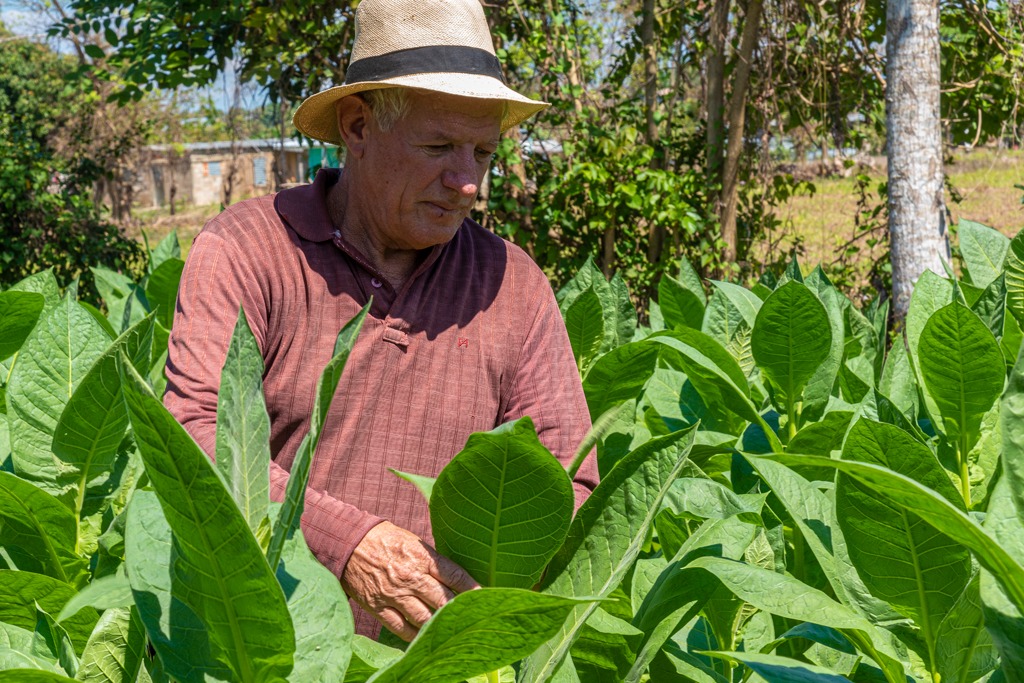
From the beginning and into the future
Cigars were among the island’s first exportable goods. When the Spanish colonizers arrived, the first thing they saw were indigenous people smoking tobacco, and they immediately took the plant leaf to Europe, where it became a sensation, Pérez joked while taking a long drag on his cigar.
The Route is not a new product. It has been running since the mid-1980s, although not then identified with its current name. Since then, both tobacco farms and farmers have been visited, and national events, meetings, and vendor seminars have even been held in the drying houses.
Despite the passing of time, the Tobacco Route still has new features to offer and opportunities to create new experiences: the inclusion of new valleys and destinations such as the towns of Puerta de Golpe, Piloto, and Sumidero, where the home of Cifuentes, the last owner of the iconic Partagás cigar brand, is located.
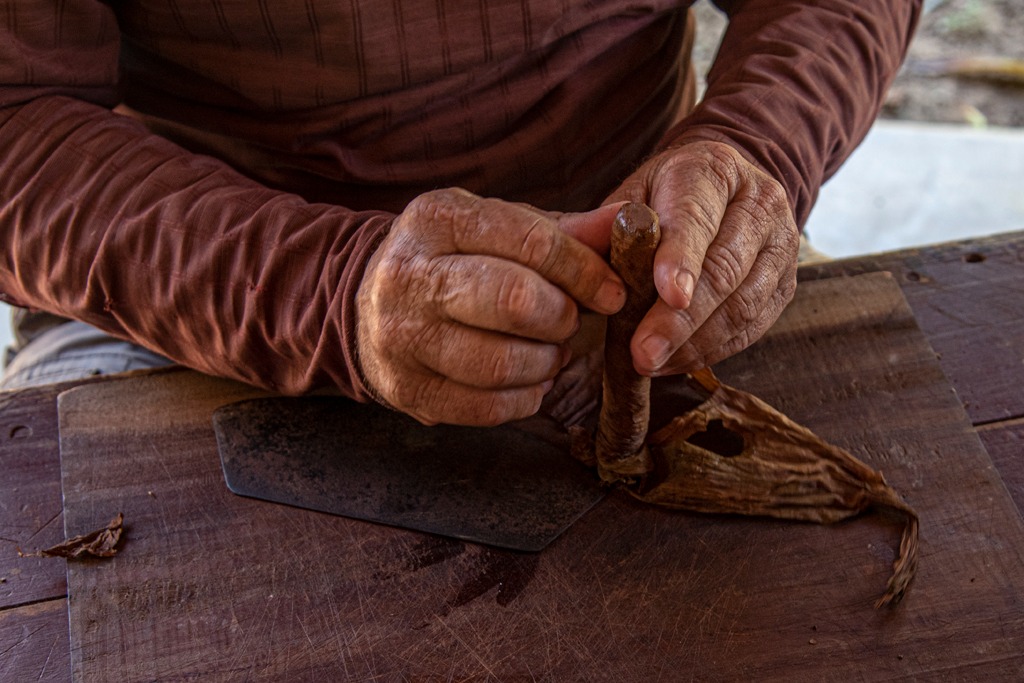
The municipality of Guane could also be added to the proposal, as well as the southern regions where, according to historians, the site of the first tobacco plantation was established, a place where the Spanish arrived before continuing their conquest of Mexico and Central America.
Pinar del Río has much to offer: almost unrepeatable and exceptional gems for nature tourism such as hiking, horseback riding, climbing the hilltops, agrotourism, and rural tourism with visits and stays in country valleys, as well as enjoying the local hospitality.
But a visit along the Tobacco Route is an unforgettable experience, for both lovers of premium cigars and adventurers, a journey that combines knowledge and the pleasure born from the perfect pairing. The combination of cigars, coffee, and Cuban rum, something that can only be found on this island, as experts assure.
